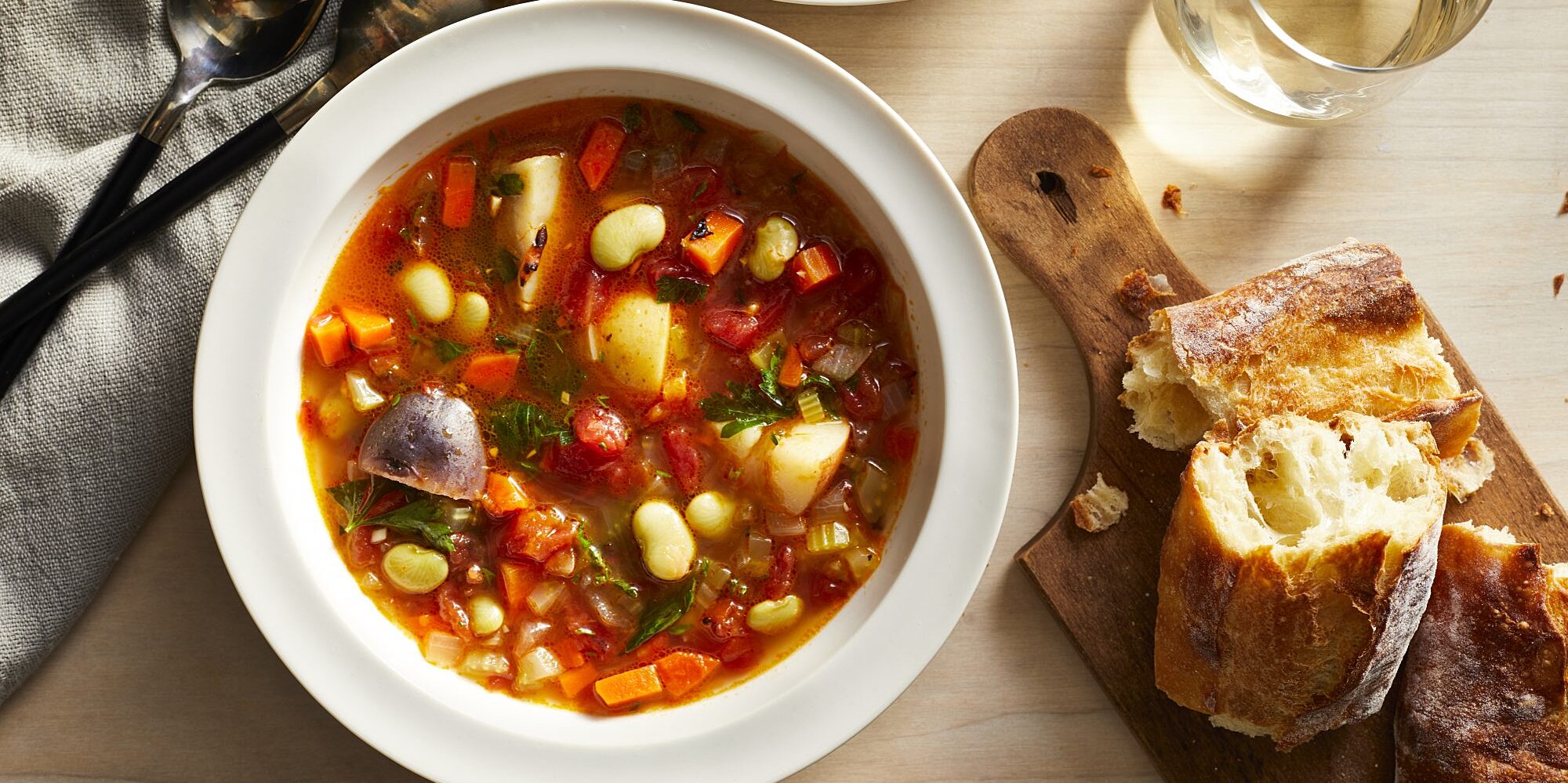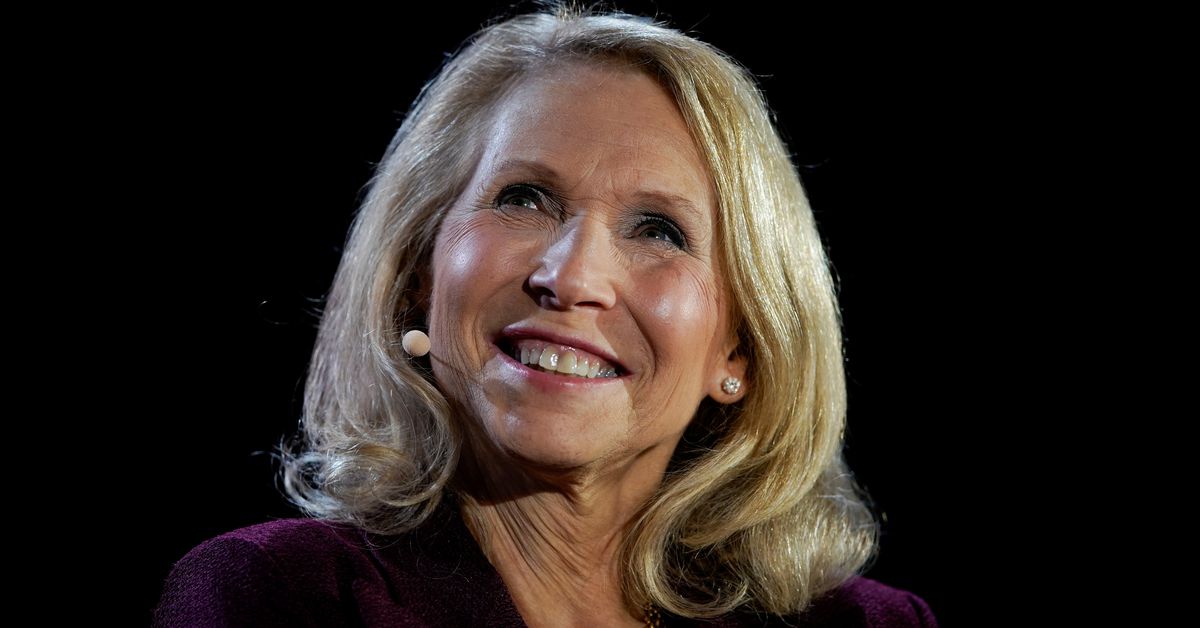As children, my generation was taught to stamp our imprint on the world, to make an impact. Today, we are urged to reduce our footprint, minimize the impact of our actions or purchases, and consider not just our personal pleasure or profit but also the well-being of others and the planet. The individual is no longer king, and the profit motive is no longer our guiding force.
Okay, wishful thinking. But this paradigm shift is happening, and it can influence our perspective on wine. Do we simply want the best, most highly rated cult wines? Maybe just the cheapest that we can quaff copiously and comfortably? Or do we favor wines from producers who farm their vineyards and market their wares in a way that helps the environment and fights the effects of the climate crisis?
Spoiler alert: I’m firmly in that third camp. Careful farming, which is usually environmentally friendly, often produces wines that are more lively, energetic, expressive and downright delicious. We should seek them out.
But how can we tell which wines are made this way? Marketers would have us drinking so-called “clean” wines as if they were a cure-all magic potion. More reliably, various certifications appear on wine labels. Even these can be confusing and, unfortunately, political. Here are a few things to consider while you’re scanning wine labels.




